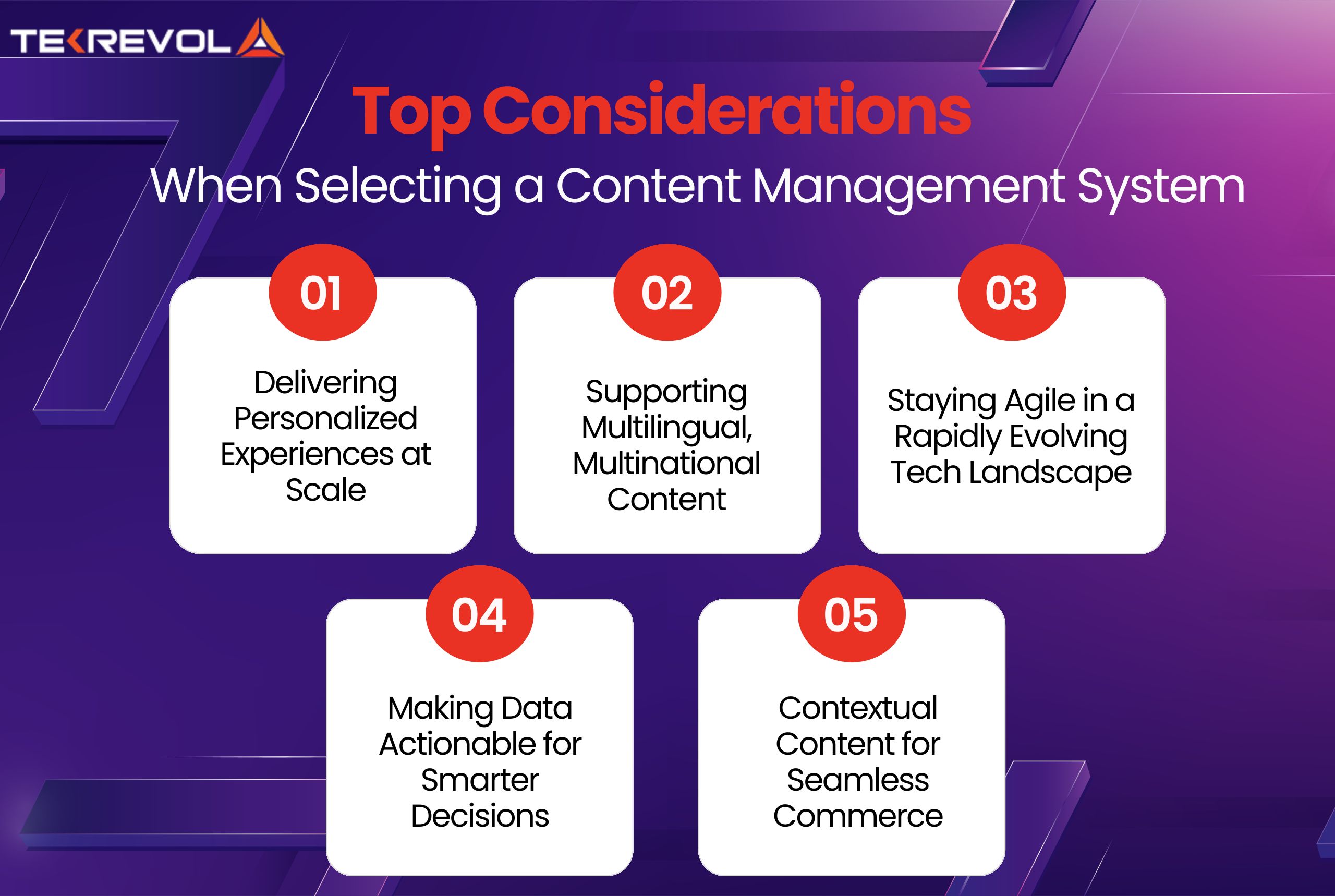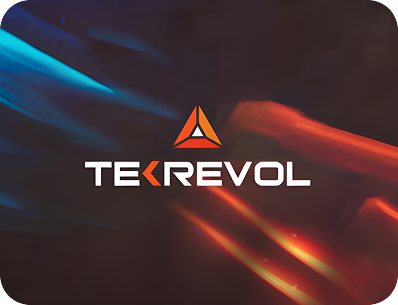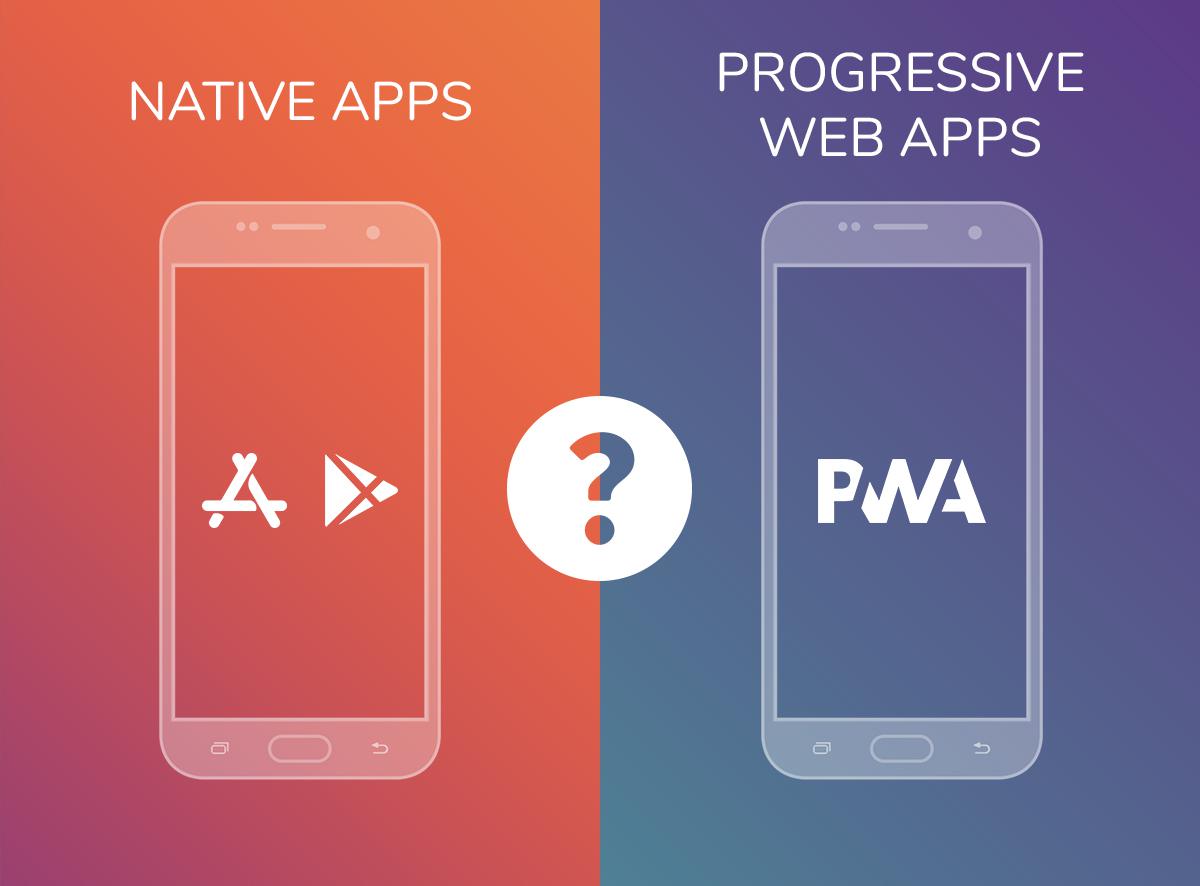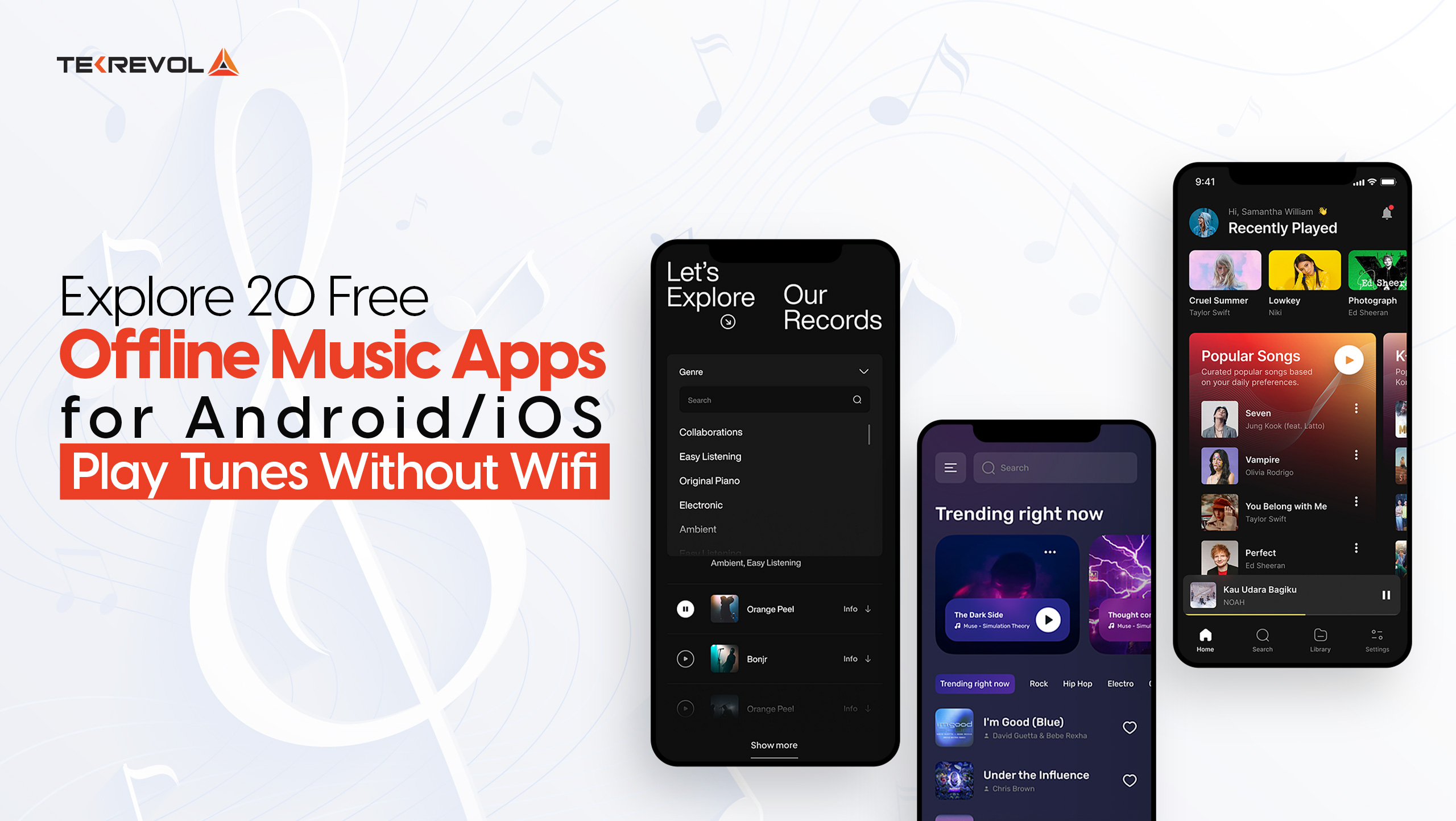Struggling to update your site or post content efficiently? You’re not the only one. These everyday frustrations usually point to one core issue: your CMS isn’t working for you. It’s probably time for choosing a CMS that’s right for you.
Investing in a CMS or digital experience platform is a big decision. With four in five websites running on CMS platforms, these tools are essential, but not all CMS solutions are created equal. From WordPress CMS to headless CMS, understanding how to choose the right CMS can improve performance, productivity, and long-term profitability.
And yes, with 800+ options available, from major players to niche solutions, figuring out how to choose a CMS can feel overwhelming. Pick the wrong one, and it can disrupt your workflow, slow your team, and stall your digital strategy. That’s why this guide breaks it down from evaluating your needs to choosing a CMS that fits your goals and your team.
What is a Content Management System (CMS)
A Content Management System (CMS) is software that lets you create, edit, and publish website content without touching a single line of code. Whether you’re starting a blog, updating product pages, or managing a full-scale eCommerce website, a CMS streamlines content management for non-developers.
With a CMS, you can handle your content efficiently while ensuring it displays correctly across devices and browsers. Understanding how to choose a CMS ensures you pick a platform that meets your workflow, scalability, and team needs.
Most CMS platforms offer:
- A user-friendly dashboard (a control panel for your website)
- Pre-designed templates for design consistency
- Media libraries to store images, videos, and documents
- Plugins or extensions to add features like SEO tools, contact forms, and analytics
- User management to control who can edit or publish content
Whether you’re evaluating CMS examples or considering a headless CMS, knowing these core features helps you make an informed decision when choosing a CMS for your business.
15 High-Performance CMS Platforms for Modern Websites in 2025
Here are the 15 CMS platforms redefining how content is created and delivered in 2025.
| CMS Platform | Best For | CMS Capabilities | Pricing Model |
| WordPress | Blogs & small to mid-sized businesses | Open-source, massive plugin ecosystem | Free + Paid Plugins |
| Shopify | ecommerce | Built-in payments, themes, and apps | Subscription-based |
| webflow | Designers & marketers | Visual editor, hosting, CMS built-in | subscription-based |
| Wix | Beginners & small businesses | Drag-and-drop builder, templates | Freemium |
| Squarespace | Creatives & small brands | Design-focused, all-in-one solution | Subscription-based |
| Joomla | Developers & technical users | Multilingual, flexible templates | Free + Paid Extensions |
| Drupal | Enterprise & complex websites | Customizable, strong security | Free + Dev Resources |
| Contentful | Headless CMS & developers | API-first, scalable, cloud-based | Subscription-based |
| Ghost | Publishing & membership platforms | Fast, clean UI, member subscriptions | Open-source / Hosted |
| Magento (Adobe Commerce) | Large eCommerce sites | Advanced eCommerce features, flexible | Free/Open Source |
| HubSpot CMS Hub | Marketing teams & B2B sites | CRM integration, SEO tools, analytics | Subscription-based |
| TYPO3 | Enterprises & multilingual site | Enterprise-grade, open-source | Free |
| Sanity.io | Developers needing structured content | Headless, real-time collaboration | Usage-based pricing |
| Strapi | Headless CMS & APIs | Open-source, customizable with plugins | Free / Paid Hosting |
| Duda | Web agencies & SaaS companies | White-labeling, team collaboration tools | Subscription-based |
With a clear understanding of what a CMS is and the key CMS capabilities, it’s time to dive into how you can choose the right one for your business.
- Struggling to choose the right CMS platform?
- Our experts help you navigate options and choose what works for you.
Top Considerations When Choosing a CMS – Content Management System
When choosing a CMS, you need a platform that not only handles content today but also prepares your business for future growth. Here are five critical capabilities to look for:

1. Delivering Personalized Experiences at Scale
Modern users expect more than just a product—they want brands that understand them. Your CMS should empower you to build personalized digital experiences driven by user behavior, preferences, and past interactions.
Whether interactions happen on your website, via a mobile app, or in person, the platform should unify all touchpoints to deliver consistent and relevant content. For example, if you offer ecommerce app development services, personalized content can boost engagement and conversions.
What to Look For:
- Real-time personalization capabilities
- Integrated customer profiles
- Integration with CRM and marketing automation software
2. Supporting Multilingual, Multinational Content
Expanding globally means your content must resonate across languages, cultures, and regions. The right CMS simplifies multilingual management and streamlines collaboration with translation teams without sacrificing efficiency or brand voice.
This is particularly crucial for education software solutions that reach diverse learner populations worldwide.
What to Look For:
- Integrated localization capabilities
- Language management workflows
- Role-based content publishing
3. Staying Agile in a Rapidly Evolving Tech Landscape
Technology itself never stays still, and neither should your CMS. From AI to voice search, IoT, and emerging interfaces, choosing a CMS that supports integrations and new formats ensures your content stays relevant.
API-first or headless CMS architectures provide flexibility to adopt new tools and channels without overhauling your system.
What to Look For:
- API-first or headless architecture
- Scalability and plugin flexibility
- Ability to integrate with nascent tools and platforms
4. Making Data Actionable for Smarter Decisions
Beyond content management, a CMS should give insights into user engagement. By tracking interactions, you can make informed decisions that optimize experiences and drive results.
Integrated analytics and visualization tools are particularly useful for businesses investing in custom software development services, enabling teams to align strategy with measurable outcomes.
What to Look For:
- Integrated analytics dashboard
- Customer journey mapping tools
5. Contextual Content for Seamless Commerce
A CMS should help your content align with the buying intent of your users. Dynamic content blocks and omnichannel delivery make it possible to personalize offers, messages, and experiences, driving engagement and conversions.
This capability is essential for eCommerce platforms, where contextual content can turn browsers into buyers.
What to Look For:
- Integration of eCommerce platforms (e.g., Shopify, Magento)
- Dynamic content blocks for customized product recommendations
- Omnichannel content delivery
- Ready for a CRM Built Just for You?
- Contact Us for a Free CRM Development Consultation!
Strategic Tips for Selecting the Best CMS for Your Business
Now that you understand the fundamentals, here’s how to approach choosing a CMS that fits your business and team’s needs.
Create Internal Alignment Up Front
Make sure everyone important is on board before you start checking out new tools. A CMS engages several functions from marketing and design to IT and compliance, so you’ll desire a selection committee to mirror that variety.
What to do:
- Create a cross-functional CMS steering committee with representatives from marketing, IT, product, content, and leadership.
- Listen to their priorities: Marketers will care about speed and usability, while IT will be concerned with integration and security.
- Get executive sponsorship early on; this moves the project along and aligns CMS adoption with overall business objectives.
- Explain how the CMS realizes company-wide goals such as content expansion, digital transformation, or global expansion to new markets.
Define Your Current and Future Needs
Selecting a CMS isn’t solely dependent on what your team requires today, it’s based on where your business is going to be in the next 3–5 years. Start by realizing how your teams leverage content and technology today, and how things could change.
Questions to investigate:
- Do you intend to publish more content or generate more traffic via SEO and content marketing?
- Will your content need multi-channel delivery across web, apps, kiosks, and platforms like mobile app development services?
- What integrations are essential (CRM, analytics, eCommerce, marketing automation)?
- Is your current tech stack evolving? Will the CMS need to integrate with future platforms or tools?
- What are your regulatory or security requirements (e.g., GDPR, HIPAA)?
- Can the CMS scale with your business and remain relevant five years from now?
- Document answers to guide vendor evaluation and CMS solution development.
Collaborate with a CMS Implementation Specialist
When your internal dev team is small or already over-extended, partnering with a seasoned CMS Development agency or CMS implementation partner can make all the difference.
How a partner can assist:
- Review your existing tech ecosystem and assist in mapping it with appropriate CMS solutions.
- Walk you through cloud versus on-premise deployment choices.
- Offer counsel on integrations, add-ons, and customizations to address special requirements.
- Offer post-launch support, user training, and long-term optimization.
Tip: Work with a partner experienced in your industry and headless CMS or hybrid platforms.
Scrutinize and Compare Vendor Responses in Detail
Evaluate vendor proposals not only for functionality but also for their understanding of your business challenges and ability to support your strategic goals.
How to evaluate vendors:
- Check how each CMS aligns with your technical, functional, and business objectives.
- Think about onboarding timelines, training assistance, and non-technical usability.
- Try out the UI/UX of the editorial interface with a hands-on demo.
- Assess integration with custom software development services, scalability, and security.
- Rank each provider on set criteria (security, scalability, TCO, personalization).
- Demand hard questions during demos to determine how platforms work in actual use cases. And most importantly, ask if the platform will scale with your business or become a bottleneck in the future.
Fit-for-Purpose
Your CMS should do more than publish content—it must support core business goals like multilingual support, rapid campaign launches, and integration with CRM or educational software solutions.
Key Evaluation Areas
- List the must-have use cases (campaign microsites, gated content, multilingual support).
- Match real needs against vendor marketing statements.
- See whether it supports the marketing, commerce, and brand experience strategies.
- Validates the CMS’s ability to grow with you (e.g., supports headless or composable architecture).
Shortlist Based on Research and Fit
When choosing a CMS, start shortlisting platforms according to your needs. Look at proprietary and open-source CMS options. Use third-party analyst reports such as Gartner Magic Quadrant and Forrester Wave as a reference, but don’t stop there.
When building your shortlist, keep in mind:
- Platform scalability, performance, and hosting
- User experience for creators and developers
- SEO functionality, personalization capabilities, and content workflows
- Technical needs and flexibility of integration
- Community support, training materials, and vendor track record
Total Cost of Ownership (TCO)
Unlike some CMS platforms that look cheap upfront, especially open-source ones, the true cost comes into realization with time. You may need to pay for setup, development, hosting, integration, plugin purchases, performance monitoring, training, support, and higher degrees of scaling.
Key Evaluation Areas
- Calculate upfront costs of setup and recurring maintenance costs (yearly license, third-party tools, support).
- Ask vendors to break down implementation, custom development, and professional services.
- Evaluate the cost of add-ons of all kinds, such as CDNs, SEO tools, backup systems, or content workflow tools.
- Involve internal resources: Will you need to recruit or train anyone to manage it?
Editorial Usability and Workflow Efficiency
A good CMS gives marketing and content teams the freedom to work fast, without waiting on developers. Good editorial UI, easy-to-use page builders, version control, and flexible approval workflows can really push productivity.
Key Evaluation Areas
- Ease of page creation, content-block editing, and change preview should be assessed.
- Ensure custom workflows, in practice, content approval, scheduled publishing, can be set up without hurdles.
- Try out the editorial UI with an eye for non-technical usability.
- Seek out drag and drop, asset reuse, and customizable user roles.
SEO and Optimization Tool Sets
Any modern CMS should actually start working on your SEO strategy with generous automation. Technical SEO on automation, provide schema markup, manage metadata, and be well placed with Core Web Vitals.
Key Evaluation Areas
- Examine the CMS for SEO attributes concerning meta title, alt tags, canonical URL, and structured data.
- Check if sitemaps, robots.txt, and 301 redirects are supported.
- Check your existing tools and integrations to see if they’re helping or hurting your page speed and accessibility.
- Run Google Lighthouse or PageSpeed Insights on a demo site built with the CMS.
Integration Capabilities and API Support
It’s important for your CMS to plug into your current tools, whether that’s CRM, analytics, or any of the latest platforms. How well it integrates determines the scalability of your CMS.
Key Areas to Evaluate
- Check for available APIs (RESTful, GraphQL, webhook support).
- Verify integration compatibility with popular third-party services and platforms.
- Inquire about SDKs or plugins for Salesforce, HubSpot, Google Analytics, Shopify, etc.
- Verify bidirectional data exchange handling by the CMS.
Personalization, Targeting & Testing
Personalized content experiences are no longer a luxury. Your CMS must enable rule-based as well as AI-based personalization, along with native testing tools to fine-tune user journeys and boost conversions.
Key Evaluation Areas
- Investigate how personalization is managed by user behavior, audience segments, or geolocation.
- Ensure support for A/B or multivariate testing of content layout and messaging.
- Check if marketers can create personalization rules without the assistance of developers.
- Check for content targeting by user history, device, or channel.
Hosting Flexibility and Deployment Options
Your CMS should have deployment choices that accommodate your business and technical requirements, be it fully managed SaaS, self-hosted, or hybrid. Look for features such as global scalability, DevOps support, uptime assurances, and auto-scaling.
Key Evaluation Areas
- SaaS vs. on-premises vs. hybrid deployment types. Compare them.
- Request uptime SLAs, server placements, and cloud provider choices.
- Check for CI/CD pipeline support, Git-based deployment, and containerized environments.
- Check backup, rollback, and disaster recovery capabilities.
Security and Regulatory Compliance
Security can’t be an afterthought. Whether you’re a small startup or a large enterprise, when choosing a CMS, check its compliance with applicable standards such as GDPR, HIPAA, and PCI-DSS, and ensure it is hardened against typical threats such as XSS, CSRF, and SQL injection.
Key Evaluation Areas
- See if there are certifications (SOC 2, ISO 27001, FedRAMP, etc.).
- Ask about vulnerability scans, DDoS protection, and encryption of data.
- See about multi-factor authentication options, audit logs, and permission controls.
- Verify how fast the vendor addresses zero-day vulnerabilities.
Performance, Speed, and Scalability
Your CMS should handle growth in users, volume of content, and traffic spikes, without compromising performance. Search for cloud-native scalability, smart caching, and integration with global CDNs to sustain page-load speeds on various devices and geographies.
Key Evaluation Areas
- Verify load balancing, caching strategy, and edge-delivery support.
- Check case studies or benchmarks around high-traffic deployments.
- Evaluate how scalable it is for new regions, languages, or brands.
- Look to performance monitoring tools and third-party observability support.
Wrapping Up
Choosing a CMS is your chance to build the foundation for lasting digital success. It’s not merely a tech improvement; it’s a strategic choice that allows your company to engage customers better. Picking a CRM isn’t easy, but if you follow the right steps and get your team involved, it gets a lot simpler.
Being a top CMS development Company, TekRevol makes choosing a CMS that suits your business seamless and hassle-free. Our approach goes beyond installation, we partner with you to evaluate your requirements, identify the best CRM development solution, and embed it into your digital infrastructure.
From the initial consultation to launch and beyond, our experts guarantee your CMS returns tangible, quantifiable value.
- Looking for a CMS that empowers your team?
- We provide an end-to-end CMS Development solution to boost productivity and efficiency.










